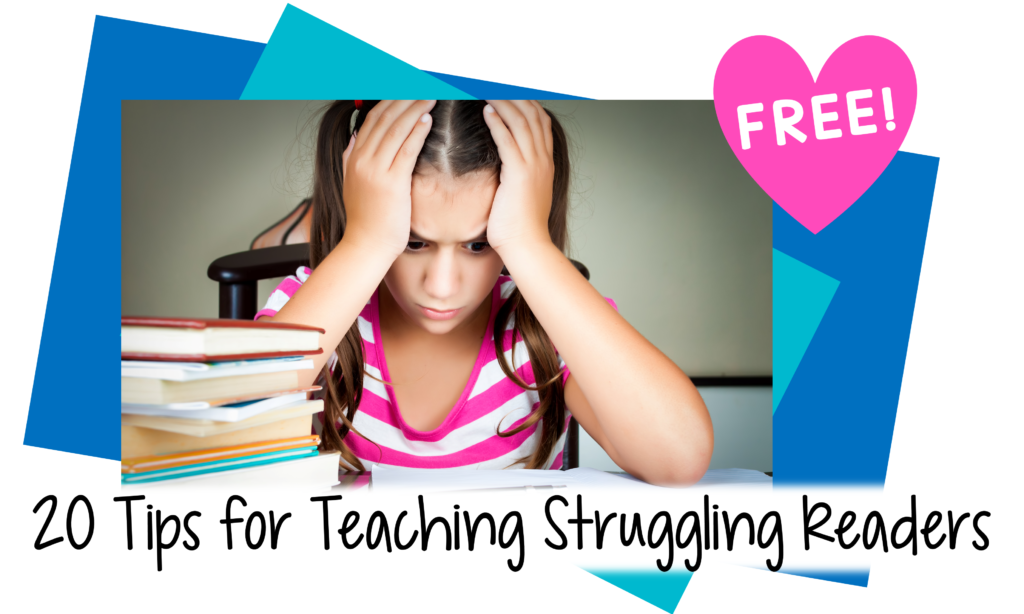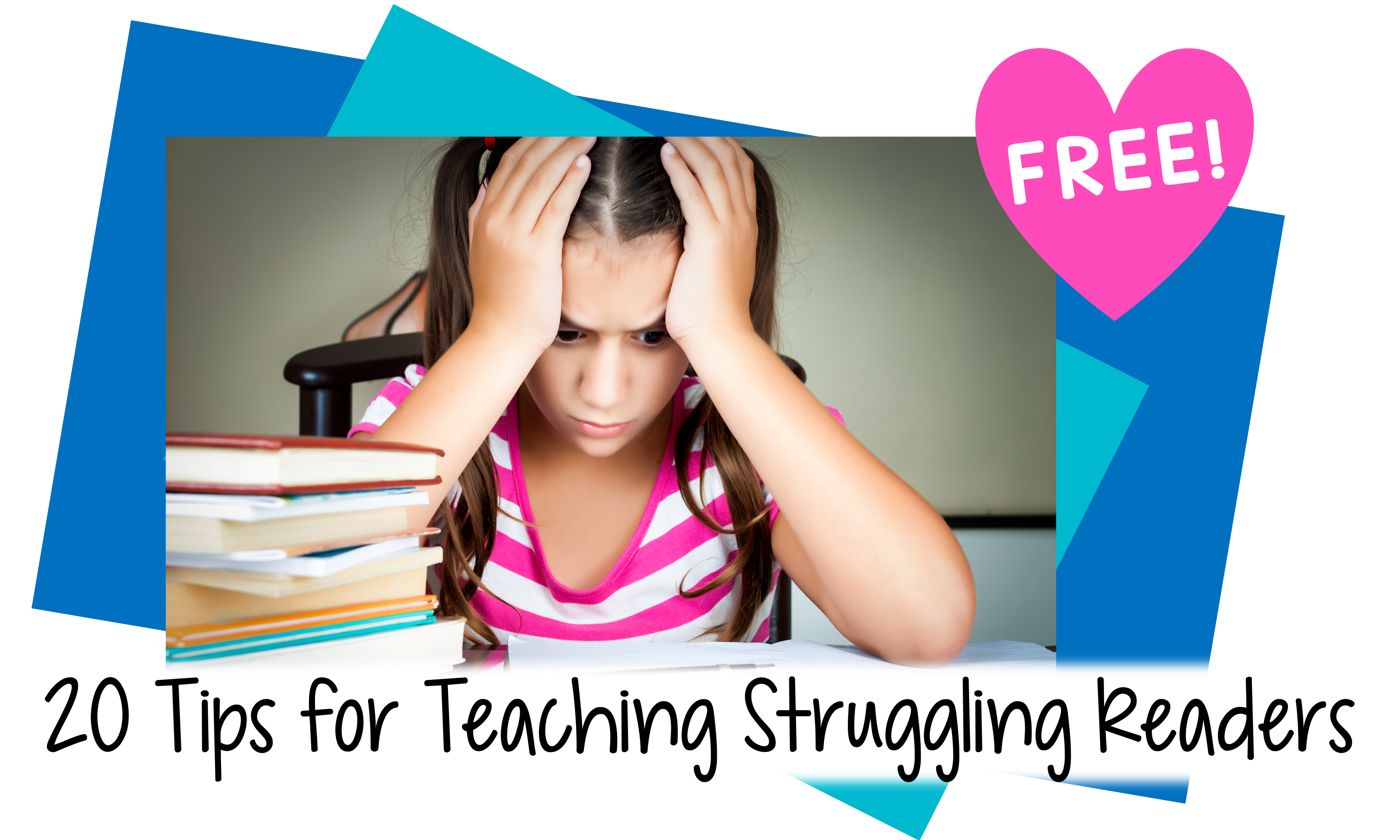Oh, my goodness! Did you know that syllable types were first standardized by Noah Webster in 1806? Let’s thank Noah because syllable types make life easier for teachers and students, alike!
For children who are learning to read, studying syllable patterns helps with mastering vowel sounds, one of the most challenging parts about decoding.
For us teachers, introducing syllable types is a great way to reinforce phonics instruction, no matter which approach we are using. Showing students one syllable type at a time keeps decoding instruction simple.
As you know, a syllable is a word or part of a word with one sounded vowel, and it’s that sounded vowel that makes syllable types so useful. There are 5 types of syllables:
- open – me, my, hi, go
- closed – am, sit, step, lunch
- silent-e – eve, line, plate, stripe
- r-controlled – her, or, stir, smart
- vowel digraph – eat, main, play, street
- stable final/consonant-le – little, bugle, circle, recycle (only in 2-syllable words)
Teaching syllable types
Many educators wait to introduce syllable types until they are showing students how to divide words into syllables, but I find it useful to introduce them much earlier than that.
I start with closed syllable words, choosing ones that are also high frequency words (in, at, is, up, etc.). Once the student has done all the hard work of memorizing the short vowel sounds and learning how to blend, I surprise them with the happy news that some words have vowel sounds that are easier to remember because the sounds are the same as the letter name.
Then comes the tricky part—figuring out when the vowels do or do not say their name. That’s when we begin to talk about syllable types, starting with open and closed.
To demonstrate open and closed syllables, I show students words, side by side, that only differ by one letter: go – got, me – met, hi – him, and so forth. On the open syllable words, I draw the long mark across the page. For the closed syllables, I sketch a door and show how the vowel sound mark has to be short, because of the door blocking the way.

At this point sorting syllables is an excellent way for a child to develop their understanding of different types of syllables. Sometimes I do this on paper, sometimes digitally, and sometimes hybrid—or both.
After spending time sorting open and closed syllables during lessons, I progress to transferring that knowledge to reading texts. It’s one thing to recognize open and closed syllables when they are side by side in isolation, but transferring that knowledge to words in texts is another story. (Get the pun?)
There are several ways to do that.
- Point out a word in the text and ask whether it is an open or closed syllable.
- Ask the student to find a certain syllable type on a given page in the text.
- Leave it to the student to find a word with any syllable type on the page.
Naturally we can bring in other syllable patterns, once the concept of syllable type is understood.
I bring in the silent-e syllable next. This is when many students start to get overwhelmed with the different syllable types, so I assure them that learning the silent-e pattern will enable them to read a hundred more words. That impresses them.
Whether I introduce the other syllable types (r-controlled and vowel digraph) depends on the student and how long I will be working with them.
After realizing how successful informal syllable sorts were with my students, I decided to create my own syllable sort activities for my Teachers Pay Teachers store. I created both printable and digital syllable sorts for children in grades K-1 and 2-3, and all are editable. The printable versions can be used digitally with Easel by TpT. The digital activities are in Google Slides.TM



There are many benefits to syllable sorts:
- interactive
- easy to implement
- enjoyable for kids
- editable
- easily differentiated
- color-coded
- can be used over and over
- can be used individually, in small groups, or with a large group
Here is a video showing my paper syllable sort resources.

And this video demonstrates one of my digital syllable sorts, where the kids drag and drop their answers.

Enjoy sorting syllables with your students!





Leave a Reply